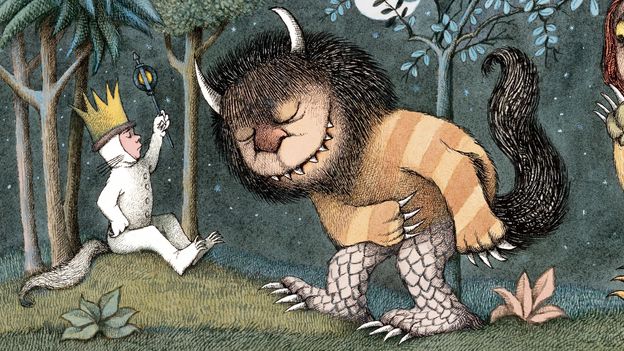
The Wild World of Maurice Sendak Behind the Creation of Where the Wild Things Are
The Wild World of Maurice Sendak: Behind the Creation of Where the Wild Things Are
Maurice Sendak, one of the most influential children's authors and illustrators of the 20th century, is perhaps best known for his beloved classic, "Where the Wild Things Are." This enchanting tale of a young boy named Max who dons a wolf costume and enters a fantastical world of wild creatures has left an indelible mark on the landscape of children's literature. This blog post delves deeper into the wild world created by Sendak, exploring his inspirations, the themes present in his work, and even how the magic continues today through places like the "Where the Wild Things Are" store.
Inspiration Behind the Wild Things
Sendak’s inspiration for "Where the Wild Things Are" was deeply rooted in his childhood experiences and his complex view of the world around him. Growing up in Brooklyn, New York, in a Jewish immigrant family, his early life was filled with family and cultural complexities that shaped his perspectives. Sendak famously acknowledged that the "wild things" were representative of the various emotions and fears he encountered in his youth—the chaotic energy of his relatives is said to have influenced the wild characters Max meets in his adventures. What Sendak so adeptly captured is the duality of childhood: the innocence and wonder counterbalanced by fear and darkness.
The Themes of Imagination and Rebellion
At its core, "Where the Wild Things Are" speaks to the theme of imagination as a means of coping with emotions. Max's journey through his own mind demonstrates how children navigate personal anger, fear, and eventual reconciliation. By allowing himself to venture to the land of the "Wild Things," Max rebels against the constraints of his home life—the rules and restrictions imposed by his mother. This act of rebellion is not just the escapism every child desires, but also a testament to the powerful role of imagination in personal growth. As readers, we are drawn into Max's world, where feelings can be expressed without fear of judgment, giving young audiences a relatable framework for understanding their own emotions.
The Legacy Lives On: Where the Wild Things Are store
The legacy of Maurice Sendak continues to thrive through various ventures inspired by his work, including the unique "Where the Wild Things Are" store located in the heart of Brooklyn. This specialty shop pays homage to Sendak's iconic creation by offering a range of products that not only celebrate the story but also inspire future generations to embrace their own creativity. From beautifully illustrated books and whimsical merchandise to exclusive art, the store encourages visitors to experience the wild world that Sendak envisioned. It serves as a physical testament to the enduring qualities of imagination and childhood wonder that permeate Sendak's work.
Conclusion: The Everlasting Impact of Sendak’s Work
In a world that often prioritizes practicality and conformity, Maurice Sendak's "Where the Wild Things Are" invites us to embrace the wildness within ourselves. Its powerful messages about imagination, emotion, and rebellion continue to resonate with both children and adults alike. The "Where the Wild Things Are" store ensures that the magic lives on, providing a space where children can connect with the wonder of storytelling while also discovering the importance of acceptance and understanding of their emotions. As we celebrate Sendak’s work, we remember that the wild things may reside in our minds, but they also encourage us to explore our own unique worlds with abandon.
